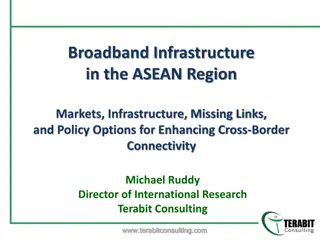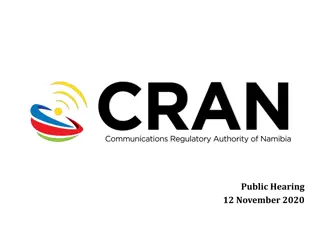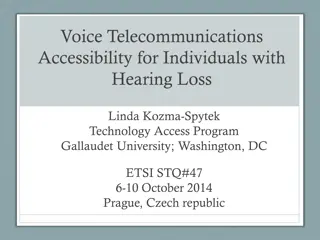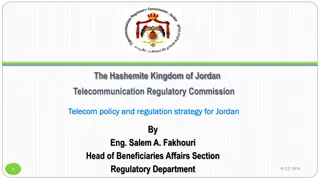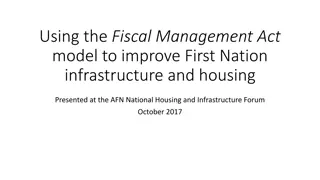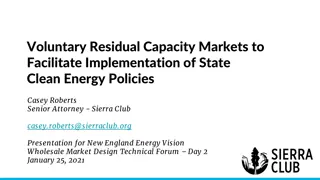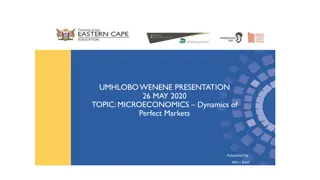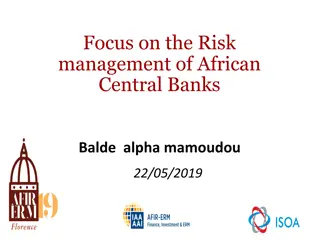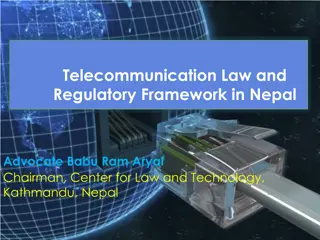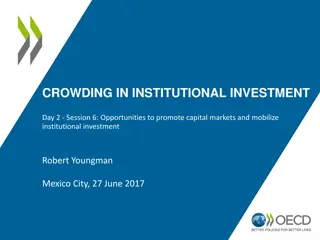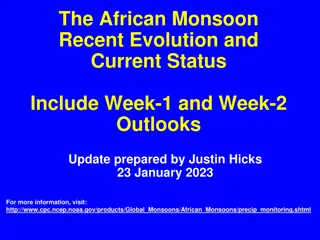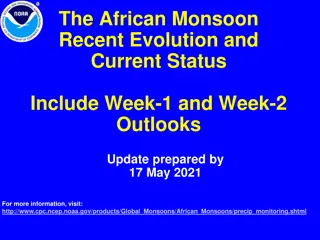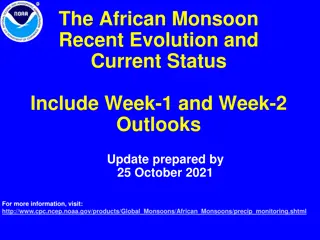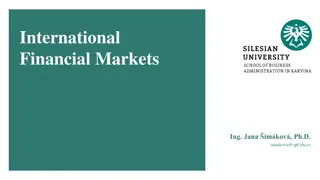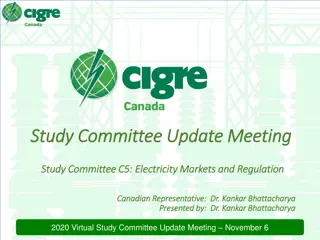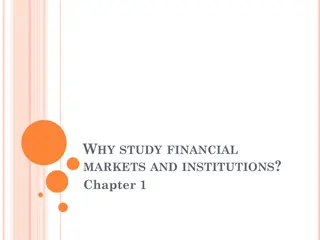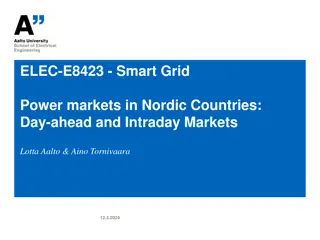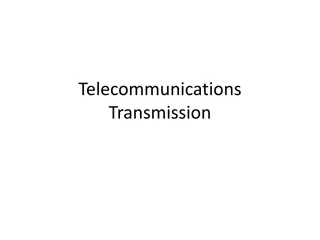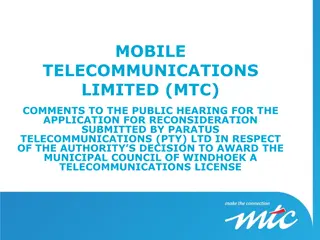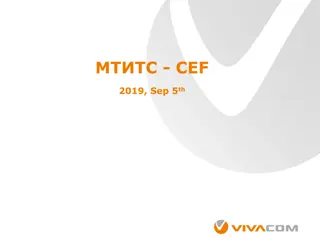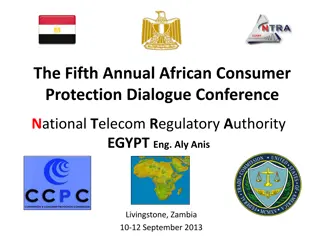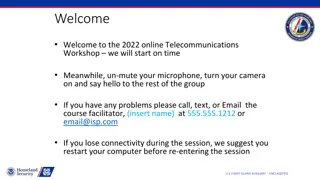Evolution of African Telecommunications Infrastructure Markets
The journey of African infrastructure markets has seen shifts from traditional boasting of network size to regulatory changes and infrastructure sharing models. From oblivious regulation to site swaps and build-to-lease models, the sector has evolved to optimize capital and operational efficiencies. Key players like Helios Towers, American Tower Company, and IHS Towers have contributed to shaping the landscape. Transparency and strategic market positioning remain crucial in the evolving African telco markets.
Download Presentation

Please find below an Image/Link to download the presentation.
The content on the website is provided AS IS for your information and personal use only. It may not be sold, licensed, or shared on other websites without obtaining consent from the author. Download presentation by click this link. If you encounter any issues during the download, it is possible that the publisher has removed the file from their server.
E N D
Presentation Transcript
To Regulate or not to Regulate Infrastructure Markets Abdul Musoke & Mbaga Tuzinde Uganda Communications Commission
The African Infrastructure Journey Network infrastructure portfolio has traditionally been a key market differentiator in many African telecommunications markets. It was indeed common place for network operators to boast about network size in terms of kms of cable (usually copper) as well as number of masts owned. Number of masts owned was many a time used as a proxy to network coverage
The NRA and Infrastructure Regulation Up until the late 2000s, National Regulatory Authorities were oblivious to lost opportunities in the then Build to Own infrastructure models In addition, most legislation mandated redundancy routes for fibre as a means to limit service down time. This resulted in a typical MNO maintaining full time fiber routes for redundancy and attendant duplicity Indeed in many a story, NRAs would point to the number of built towers as a proxy for Foreign Direct Investment, jobs created and overall industry growth Many inaugural communication laws bestowed upon telecom licensees Rights of Ways on national highways. This left the metropolitan authorities very little leverage in the matter of Rights of Way issuance
Road to Infrastructure Sharing SITE SWAPs Towards the end of the first decade of the Century, many African markets saw slight changes in Infrastructure ownership In an effort to save on capital and operational outlays, many operators adopted SITE SWAP models in which competitors would swap tower space for no monetary compensation. Swapping parties would have to disclose to direct rivals the location of towers and BTS details Many a time this could be used to jeopardize/preempt key market strategies of rivalling players While the benefits were/are obvious, site swap models necessitate a degree of transparency on the location and capacity of network towers/elements As such site swaps remain the exception rather than the norm in many African telco markets
Build to Lease Infrastructure Models Around 2008, a number of African markets saw the entry of Build to Lease and/or acquire to lease infrastructure models These were largely in the cell site tower space with the entry of actors like; Helios Towers (Nigeria, Ghana) American Tower Company (Uganda, South Africa) IHS Towers (Nigeria, Zambia, Cameroon) These were later followed by fiber and duct players like; Google s C-Squared in Uganda Wainanchi in Kenya, Uganda and Tanzania Photo Credit - Dunmain
Regulatory Response Again many National Regulatory Authorities have only encouraged the market development with limited regulatory intervention This inaction could in part be attributed to obvious CAPEX and OPEX savings that would lower entry barriers for new actors as well as a genuine lack of experience in the space. Also, some of the new passive infrastructure providers have argued that theirs is a non-telco service that offers civil works/structures that may not necessarily fall under the jurisdiction of NRAs In their argument, it is argued that construction and environmental assessment permits are sufficient and no special licenses are sought Regulators also remained uncertain of applicable licenses
Regulatory Gaps The last five years have seen many National Regulatory Authorities undertake market definition and Dominance Assessment reviews These have been mainly motivated by the growing importance of antitrust regulation following the liberalization of many African markets. Traditionally, these markets have been characterized by dominant incumbents with a competitive host of fringe actors. However recent market assessments have shown that their has been a strategic shift from vertically integrated incumbents holding upstream infrastructure to niche actors specializing in different levels of the telco value chain. One such segment is the passive infrastructure market and a number of structural issues are usually present
Emergent Regulatory Questions Licensing Regime Vertical Foreclosure Abuses While most African markets have migrated to technology neutral licensing regimes, do present license classifications provide enough regulatory protection? In some markets, Infrastructure companies may have sister companies at the service layer and hence motivation to foreclose downstream competition to sister firms? What may be the most appropriate defense to jurisdictional challenges? Do we have a good enough insight in the pricing and strategic interaction? Should there be any exemptions?
Emergent Regulatory Questions Transparency Price Excessiveness Are similar terms applied to all tenants? Do firms enjoy a position that may perpetuate price excessiveness? May Infrastructure owners provide privileged access for some? Is self provisioning by MNOs a credible threat? May we need a Reference/Model tenancy agreement like its common in Interconnect markets? Does our tariff regulation mandate cover this part of the market? Do we have the costing tools too investigating probable excessiveness
Emergent Regulatory Questions Costing Abuse of Trade Secrets If indeed we have jurisdiction to enforce cost oriented prices, what is the most appropriate costing methodology? Is disclosure of trade secrets and key strategic plans a possible issue in this market? How are they best safeguarded Long Run Incremental Costing or Fully Distributed Costing?
Emergent Regulatory Questions City Authorities How do we best collaborate with City authorities and environmental agencies? Are there model MOUs we could use?





